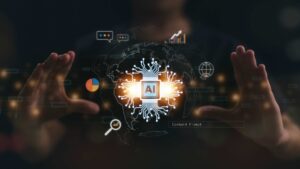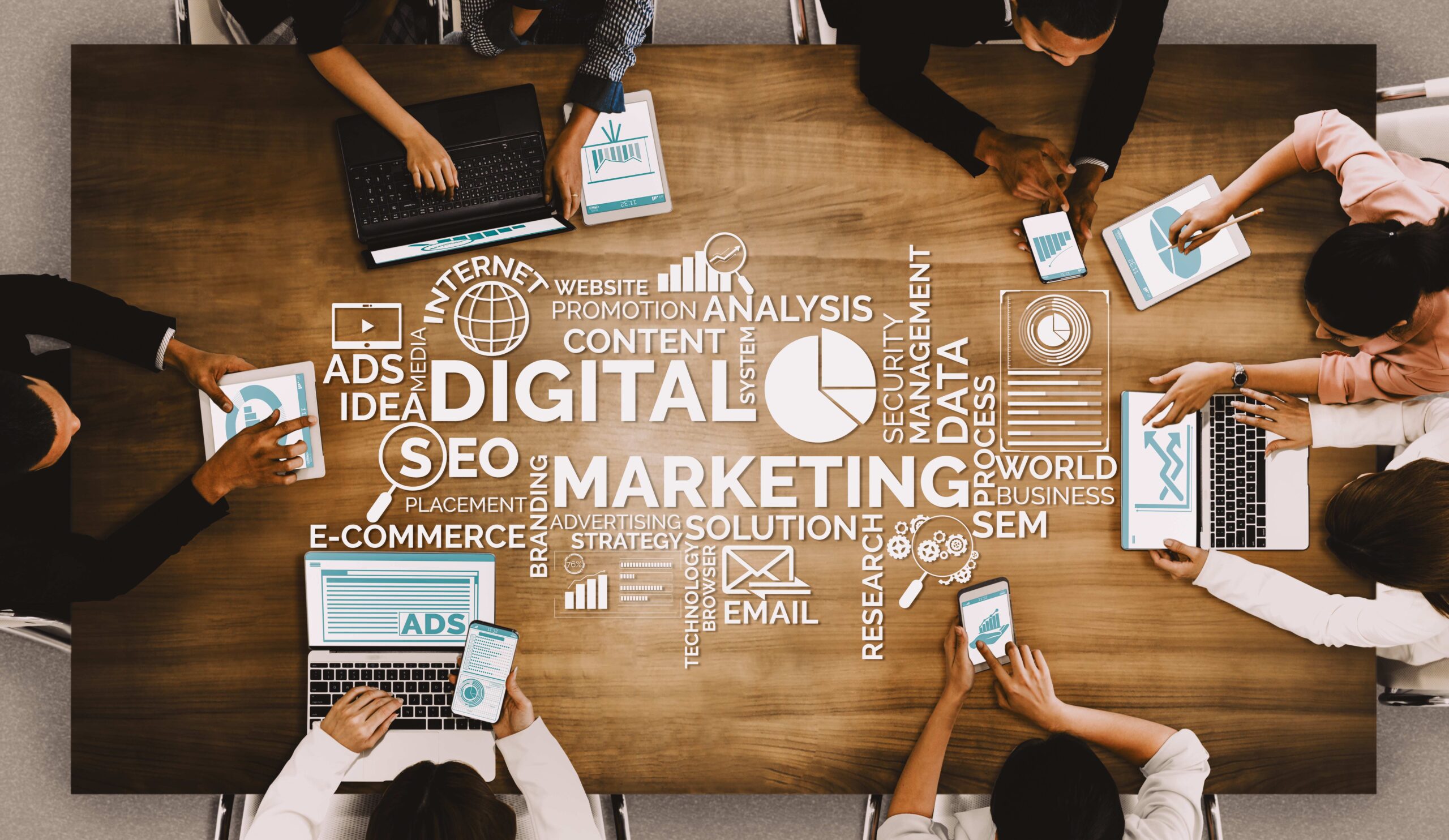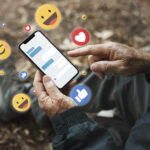Artificial Intelligence (AI) is no longer a futuristic concept—it’s actively reshaping digital marketing. Brands are leveraging AI to automate tasks, personalize customer experiences, and optimize ad performance. But where is AI headed in 2025 and beyond?
In this article, we’ll explore the latest AI-driven marketing trends, how businesses can leverage AI without losing the human touch, and what the future holds for AI in digital marketing.
Current AI Trends in Digital Marketing
1. Hyper-Personalization & Predictive Analytics
Gone are the days of generic marketing campaigns. AI-powered tools like ChatGPT, Google Bard, and Meta AI analyze user behavior and predict customer needs before they even realize them. Marketers can now:
Deliver personalized content in real-time
Automate product recommendations
Predict customer behaviors to enhance user experience
Example: Amazon’s AI-powered recommendation engine increases conversions by suggesting products based on browsing history.
2. AI-Powered Chatbots & Virtual Assistants
Conversational AI is improving customer interactions by making them more seamless and instant. Chatbots and AI-driven customer support:
Reduce response time & improve engagement
Handle multiple queries simultaneously
Provide 24/7 customer support
Example: AI chatbots on e-commerce sites resolve 80% of common queries, improving customer satisfaction and conversion rates.
3. AI in Content Creation & Optimization
AI-powered tools assist marketers in:
Generating blog topics, headlines & outlines
Writing SEO-optimized content
Automating video & image creation
However, human creativity still plays a crucial role in making content relatable and engaging. AI should be used as a tool, not a replacement for human creativity.
4. AI-Driven Advertising & Smart Bidding
AI has transformed paid advertising with smart bidding algorithms that:
Optimize ad spend in real-time
Identify high-converting audiences
Predict the best times & platforms for ad placements
Example: Google’s AI-powered Smart Bidding improves campaign performance by automatically adjusting bids based on user intent signals.
5. AI-Powered Voice Search & Visual Recognition
As voice assistants like Siri, Alexa, and Google Assistant grow in popularity, optimizing for voice search SEO is crucial. Additionally, visual search tools like Google Lens are transforming the way consumers find products.
Voice search queries are more conversational – Marketers must optimize content for long-tail, natural language keywords.
Visual search allows users to search using images – Brands should enhance product images with relevant metadata.
Example: Pinterest’s AI-driven visual search tool increases product discovery rates by 50%.

How Businesses Can Leverage AI Without Losing the Human Touch
While AI offers automation and efficiency, it’s essential to maintain authenticity in brand messaging. Here’s how:
Use AI for data, but humans for storytelling – AI can analyze trends, but human creativity adds emotional connection.
Automate, but don’t depersonalize – Ensure AI-driven responses feel human-like. Prioritize user experience – AI should enhance customer journeys, not replace genuine interactions
The Future of AI in Digital Marketing
What’s Next?
AI-Generated Video Content – AI tools like Synthesia & Runway will create personalized video ads.
More Advanced AI Copywriting – AI-generated content will improve, but human editing will remain vital.
Emotion AI (Affective Computing) – AI that reads customer emotions through facial recognition & sentiment analysis.
AI-Powered Metaverse & AR Marketing – Brands will create AI-generated virtual experiences for users.
Conclusion
AI in digital marketing isn’t about replacing human creativity—it’s about enhancing strategy, efficiency, and customer experiences. Brands that adopt AI-driven solutions while maintaining an authentic connection with their audience will have a competitive edge in 2025 and beyond.
Want to future-proof your marketing strategy? Get in touch with Crisp Creatives today and let’s build something extraordinary.



